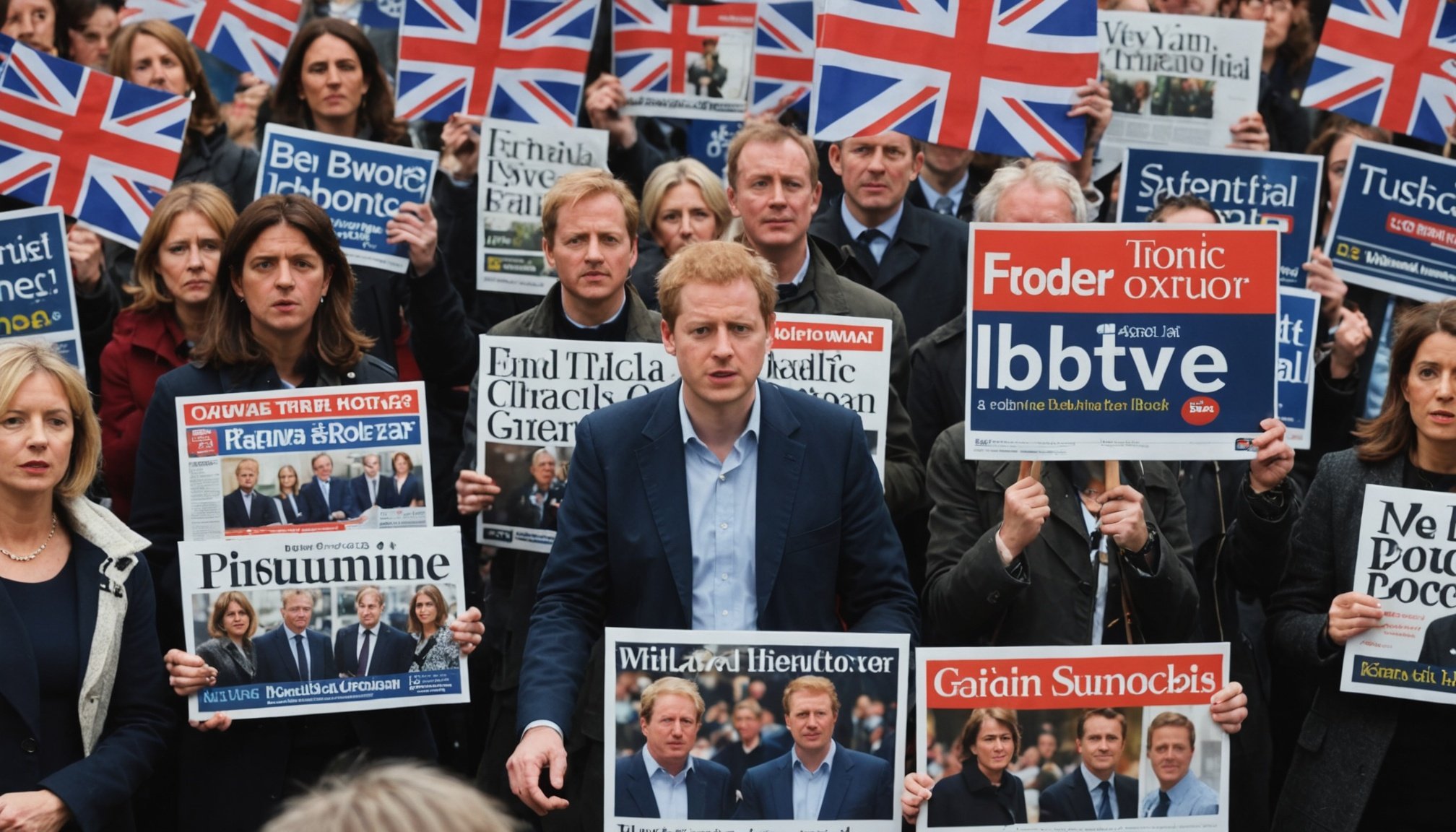How UK Media Types Influence Public Opinion
In the UK, diverse media types play distinct roles in shaping public opinion. Broadcast media such as television and radio reach broad audiences, setting initial perceptions on national issues through widespread coverage. Meanwhile, print media—including newspapers and magazines—offer detailed analysis, often framing debates with editorial viewpoints that guide interpretation.
The rise of digital media has transformed access and immediacy, with online platforms providing rapid updates and interactive content. Social media further accelerates the spread of information, allowing users to share opinions and influence peers, often blurring lines between news and personal views. This interconnectedness intensifies media influence, as narratives can quickly shift public sentiment.
Have you seen this : What are the impacts of UK transport infrastructure projects on daily commutes?
Demographics significantly affect how UK media types impact opinions. Older generations tend to rely more on traditional media like print and broadcast, while younger audiences engage primarily with digital and social outlets. Consequently, media influence varies: established platforms shape more stable, widespread views, whereas digital and social channels often amplify polarized or emerging perspectives.
Understanding these dynamics reveals the layered and evolving nature of media influence on UK public opinion across formats and populations.
Also to see : How are UK newspapers responding to declining print sales?
Mechanisms of Media Influence: Agenda-Setting, Framing, and Priming
Understanding how UK media types influence public opinion requires examining three key media effects theories: agenda-setting, framing, and priming.
Agenda-setting is the process by which media prioritise certain issues, shaping public debate by deciding which topics are most newsworthy. For example, when broadcast or digital media focus heavily on economic concerns, public attention intensifies on that subject, influencing opinions and political priorities. This mechanism explains why some issues dominate headlines while others remain underreported.
Framing refers to how stories are presented to affect interpretation. Print newspapers and social media may emphasise different angles on the same event, subtly guiding audiences’ perceptions. A story framed as a “public safety crisis” versus a “policy failure” leads to distinct emotional and cognitive responses, shaping public opinion accordingly.
Priming involves preparing audiences to respond in a particular way by repeatedly exposing them to specific topics or viewpoints. For instance, sustained coverage on healthcare performance primes voters to evaluate politicians based on that issue.
Together, these mechanisms highlight that media influence goes beyond exposure. They shape how people understand, think about, and prioritise concerns, illustrating crucial pathways through which UK media types impact public attitudes.
The Impact of Media Ownership and Regulatory Environment
Media ownership in the UK is characterised by significant corporate concentration, with a few large companies controlling many major outlets. This concentration affects media influence by shaping editorial priorities and limiting diversity of perspectives across UK media types. For example, ownership structures can lead to similar frames or agendas across multiple platforms, reinforcing particular narratives and influencing public opinion broadly.
Regulatory frameworks, such as those enforced by Ofcom, play a pivotal role in maintaining content standards and broadcasting fairness. These regulations aim to reduce overt bias and ensure accuracy, yet the effectiveness depends on enforcement and evolving media landscapes. Regulation also impacts how media owners balance commercial interests against public service obligations.
The relationship between media ownership UK and editorial policy frequently raises questions about media bias, as owners’ political or economic interests may subtly shape content. This relationship directly influences trust in media, with audiences sometimes sceptical of how ownership affects news reliability.
Understanding these dynamics is crucial because regulatory and ownership factors interplay to define the scope and nature of media influence on public opinion in the UK. This influence extends beyond individual outlets to impact the overarching media environment shaping national discourse.



